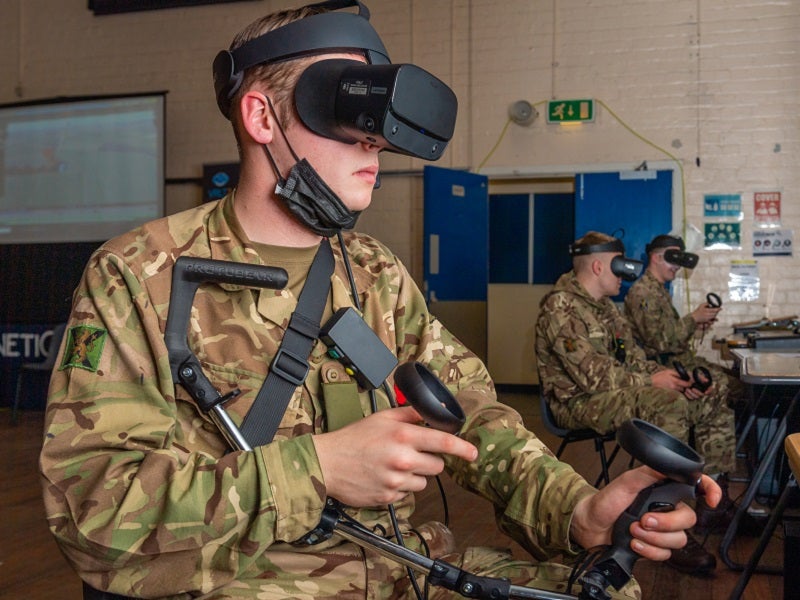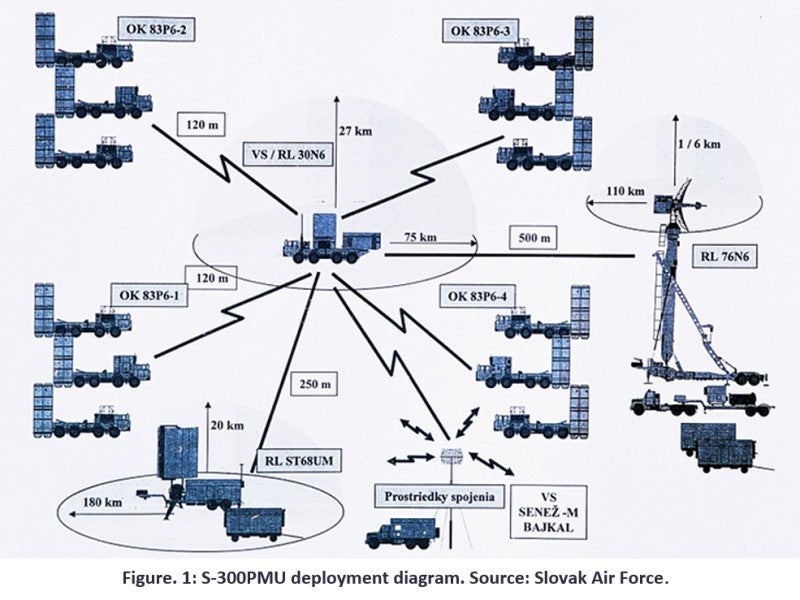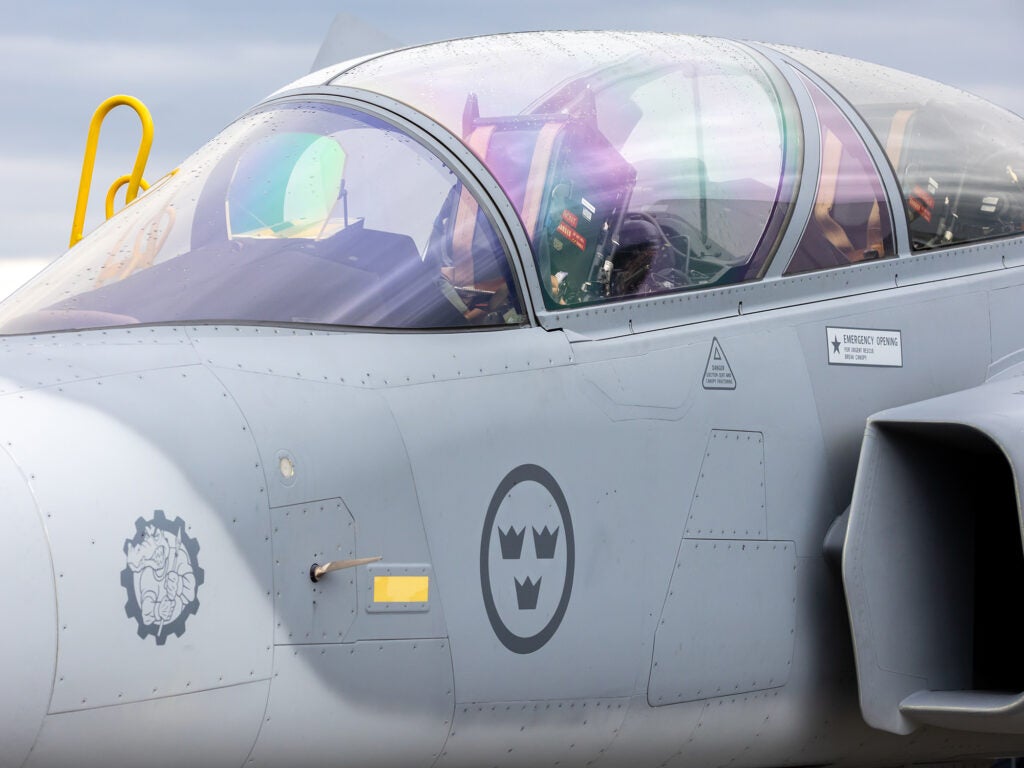One outstanding question regarding the Russian invasion of Ukraine relates to the cause of Russia’s inability to control Ukrainian airspace. The Russian Air Force (VKS), despite the qualitative and quantitative advantage it is alleged to hold over the Ukrainian Air Force, has not dominated the airspace. This has subsequently allowed Ukrainian UAVs and jets to target Russian columns, degrading moral and exacerbating logistical woes on the ground. It is likely the answer to this question is not due to any one factor, but due to a combination of factors which have limited VKS’s ability to establish air superiority.
Harry Boneham, aerospace analyst at GlobalData, a leading data and analytics company, offers his view:
“One factor is a relative lack of flight hours and overall poor training on the part of the VKS. The command of the Russian Air Force has offered outlines on training hours, reporting that the average flight time for a pilot was more than 100 hours, and for a pilot who graduated in 2017, more than 120 hours. In comparison, Western pilots clock up between 180 and 240 flying hours annually, and yet stress that they require more hours to maintain multirole combat readiness. Furthermore, Western pilots have access to higher quality training equipment in comparison to Russian pilots, further enhancing their readiness.
“During the invasion of Ukraine, these limited flight hours may have eroded Russia’s ability to secure Ukrainian airspace, with Russian pilots unable to effectively deploy their aircrafts’ full capabilities. In addition, lack of training hours may have undermined Russian confidence in their ability to conduct joint engagements with Russian ground-based SAM units.
“Western and Russian pilots both suffer from the logistical difficulties involved in running such operations, with friendly-fire incidents a constant risk. The poor quality of logistics and coordination employed in Russia’s invasion of Ukraine has been observed in multiple areas, not just in air activities. It is possible that Russian commanders are aware of these limitations and have subsequently decided to rely primarily on SAM systems to suppress the Ukrainian Air Force.
“In addition, Russian pilots may also lack the required experience in using precision-guided munitions (PGMs). This shortfall is exacerbated by a limited supply of PGMs in general. The Russian Air Force does have access to munitions guided by lasers or by GLONASS, the Russian alternative to GPS. However, it has long been suspected Russia has maintained only a minimal stock of these PGMs. Their limited deployment in Ukraine corroborates this proposition.
“Instead, Russian pilots have been primarily relying upon ‘dumb bombs’, unguided munitions which are directed to targets after they have been visually identified. A release point is calculated based on factors such as the launch platform and targets’ velocities, projectile launch velocity, drag, and gravity. In order to accurately hit small targets, such as vehicles and weapon emplacements on the ground, aircraft need to fly at low levels on steady flight paths in visible conditions.
“These requirements have meant that Russian aircraft must expose themselves to Ukrainian anti-air, or they must release munitions from sub-optimal conditions which will limit their accuracy, particularly against small targets such as SAM systems. This has limited the effectiveness of the Russian Air Force in Suppression of Air Defense (SEAD)/ Destruction of Air Defenses (DEAD) missions in Ukraine and has contributed to aircraft losses.”
“Furthermore, the intensity of Western support has factored into the equation. First, the supply of Western weapons has been well publicized, and has run the gamut from small arms, body armor and helmets to loitering munitions (Switchblade and Phoenix Ghost), helicopters, UAVs, and MANPADS. These supplies, particularly Western MANPADS, have played a role in preventing Russian air superiority. The use of unguided munitions has driven Russian pilots to fly predictable, low-altitude flights over battlefields. Through the widespread supply of MANPADS, the Ukrainian Armed Forces’ capacity to strike at such aircraft has been greatly enhanced.
“Finally, the West, particularly the US, supplied Ukraine with unprecedented, detailed intelligence which has allowed the Ukrainian Armed Forces to target Russian aircraft. Western intelligence may have allowed Ukraine to preserve its ground-based SAM and aircraft, moving these assets out of harm’s way before Russian strikes. One US official reported that ‘the Russian military has literally been cratering empty fields where air defenses were once set up’.
“It was reported during the initial stages of the war that Russia had utilized cruise and ballistic missiles to strike at Ukrainian Air Force assets, destroying early warning radars, cratering runways, and targeting SAM systems. However, with the aid of US intelligence, mobile Ukrainian anti-air systems were largely preserved, with the less mobile S-300P batteries accounting for most initial losses.”






